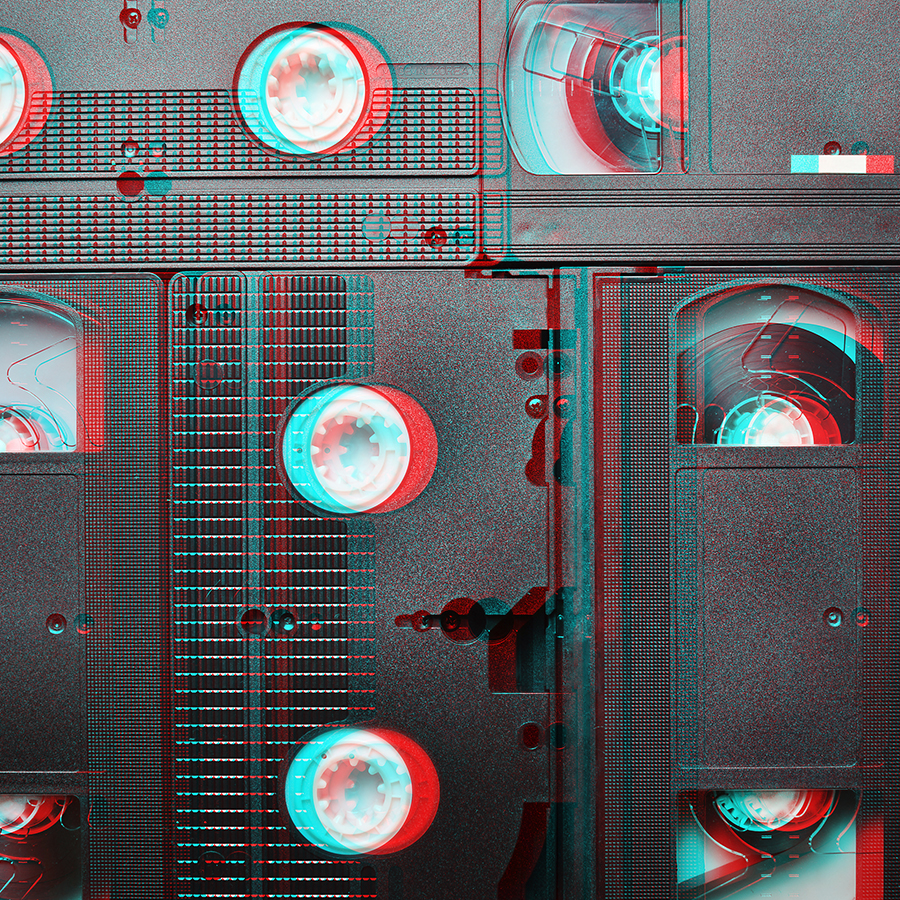 That’s right.
That’s right.
No streaming devices.
No live classes on your phone.
Heck, way before CDs.
Before there was a Harbert College, distance learning started with VHS tapes and a VCR.
(That’s a “video cassette recorder” for those of you who were born after 1995.)
Electronic distance learning at Auburn—there was no internet at the time—originated in the College of Engineering back in the middle 1980s when Bo was winning the Heisman and Pat Dye was winning SEC championships.
We took a look and thought, well, if they can do it, so can we.
Initially we recorded classes in College of Engineering. There were stacks of VHS machines. The tapes were labeled and mailed. One tape for each class period for each week for each of the students taking the class. That’s a lot of tape. When the class was complete, students mailed the tapes back so they could be used again.
It all worked but the quality wasn’t that great. Tough to see, tough to hear. Some classrooms were still using slide and overhead projectors. But it made learning at a distance possible.
VHS tapes became CDs and CDs became DVDs.
Early internet didn’t have the compression algorithms or the bandwidth to carry even standard definition video, but that would soon change. It took a little longer for the headline schools to consider distance learning seriously. To them, students couldn’t get the same quality of instruction through technology that they could in the classroom. The College of Business had a first-mover advantage.
Ultimately, students flocked to the online space. Now in addition to an MBA, the Harbert College offers, via distance, an Executive MBA, a Physicians Executive MBA and a Masters in Real Estate Development—all highly ranked nationwide. Recognizing that executive students not only learn from each other, but value networking with their peers, we were among the first in the country to develop hybrid programs where students combine on-campus residencies and international trips with distance courseware. Today, our online Masters students outnumber our on-campus students. Advances in technology allow crisp audio, hi-def video and live student, teacher interaction—available through any device the student chooses. Those advances will continue; but so will our efforts to use the technology to best effect and create innovative methods of instruction.
We’ve come a long way from VHS tapes, but we’ve never gotten very far from good teaching.
